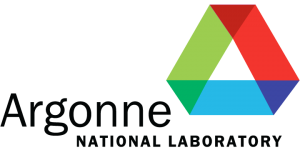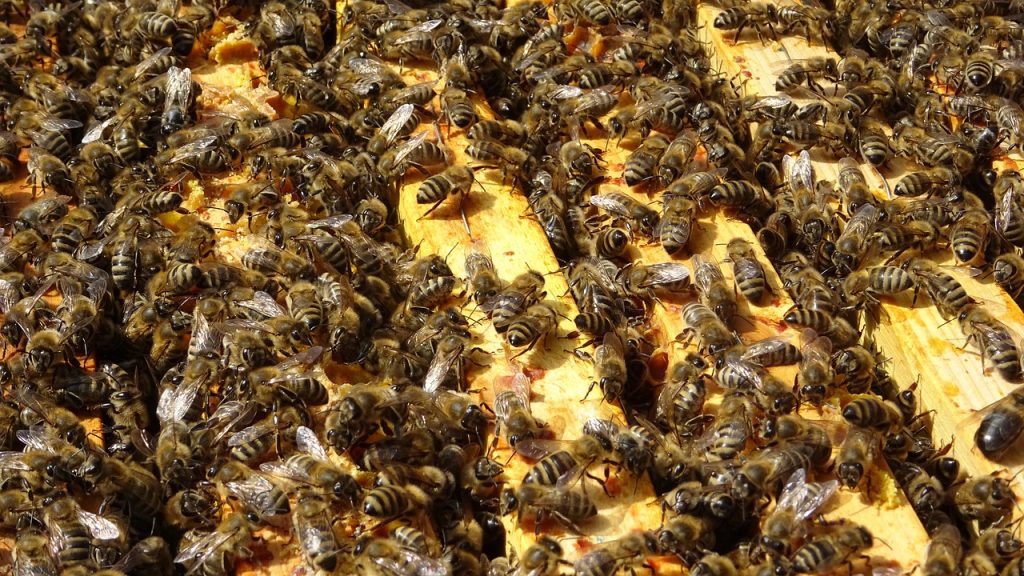Connecting Ants and Bees to Space Exploration — Thinking outside the box
By Dave Bukey, Mary Fitzpatrick, Robert J. Kriss

What could ants and bees possibly have to do with computers and space exploration? You have to think outside the box to make the connections. The scientists at Argonne National Laboratory are doing just that as they work to design computer chips and Artificial Intelligence programs based upon neural networks found in insects. These chips and programs are expected to increase the flexibility of Artificial Intelligence programs to learn new things in different environments using smaller amounts of energy – just what is needed to explore the ever-changing conditions of outer space over the decades required for space probes to travel their flight plans.
Space. The final frontier. And on Nov. 2, 2018, NASA’s Voyager 2 spacecraft crossed into the vastness of interstellar space, following Voyager 1, which made the leap six years earlier. Since their launch in 1977, the two probes have traveled more than 11 billion miles across the solar system, lasting much longer than scientists anticipated.
Powered by plutonium and drawing 400 watts of power each to run their electronics and heat, the probes still snap photos and send them back to NASA. After 42 years, though, only six of Voyager 2’s 10 instruments still work, and NASA scientists expect the probe will go dark in 2025, well before it leaves our Solar system, which will take another 30,000 years.
But what if Voyager 2 needed only a couple of watts of power? Could it survive long enough to continue its explorations far into the future?
These are the types of questions that scientists are asking at the U.S. Department of Energy’s (DOE) Argonne National Laboratory. Here, Angel Yanguas-Gil, principal materials scientist in the Applied Materials division, is leading an interdisciplinary team that is rethinking the design of computer chips to not only perform and adapt better, but to do so using a minuscule amount of power — around one watt.
For inspiration, the team is looking to the brains of insects, such as ants, bees, and fruit flies — which offer a new frontier in a type of artificial intelligence known as neuromorphic computing. What they have found could turn artificial intelligence on its artificial head.

Inspired by biology, the team’s newly designed computer chips, which rely on new blueprints and materials, can bypass the “cloud” to learn on the fly, radically conserve power and adapt to extreme environments, such as deep space and radioactive areas — all while delivering reliable, accurate results.
The soft underbelly of artificial intelligence
Artificial intelligence pervades our lives, providing countless benefits such as powering voice-activated digital assistants, guiding self-driving cars, recognizing our faces, and helping us automatically respond to texts and emails. AI, however, has some limitations: it relies on reams of data and ever-faster hardware — to which it must always be connected — demands a great deal of power and has limited flexibility.
How is artificial intelligence inflexible? The answer lies in how a popular form of AI, called a neural network, spots meaningful arrangements in data. Most neural networks, which uncover patterns and relationships in data without explicit programming, are static, designed for a specific task, such as recognizing images. Once a network learns that task, it can’t switch gears and start driving a car.
“The scene changes, the distribution of data is slightly different than before, and what you learned no longer applies,” explained Sandeep Madireddy, a computer scientist in Argonne’s Mathematics and Computer Science (MCS) division, who has joined Yanguas-Gil’s team.
Insects, on the other hand, are versatile and can solve problems in different ways, said Yanguas-Gil.
“In a biological system, the network can learn by itself and offers a much higher degree of flexibility,” he said. “Evolutionary pressure on insects produces very efficient, adaptive computing machines. Bees, for instance, exhibit half the number of distinct cognitive behaviors of dolphins, just in a much smaller volume.”
Accurate under pressure
To prove this point, Yanguas-Gil and Argonne chemists Jeff Elam and Anil Mane designed and simulated a new neuromorphic chip inspired by the tiny brain structure of bees, fruit flies and ants. The team created a network from scratch that contains two pivotal discoveries:
- Dynamic filters and weights that change the strength of various neural connections, depending on what the system finds important in real time.
- Tungsten‐aluminum oxide, an award-winning nanocomposite material created by Elam and Mane, which would allow the chip to operate at power levels far below one watt. (By contrast, graphics processing units [GPUs], based on conventional silicon semiconductor processing, can consume 100 watts or more per chip.)
Testing of the new chip design revealed that it was as accurate as the standard design, but it learned much more quickly. With these results, the team won the Best Paper Award in August at the 2019 Institute of Electrical and Electronics Engineers (IEEE) Computer Society’s Space Computing Conference.
Building the hive mind
After his team developed the blueprint for the neuromorphic chip, Yanguas-Gil enlisted Madireddy and Prasanna Balaprakash, also a computer scientist in the lab’s MCS division, and tapped Argonne’s powerful computing tools to maximize its performance.
Using the Theta supercomputer at the Argonne Leadership Computing Facility — a DOE Office of Science User Facility — the duo ran the neuromorphic blueprint through a software package they developed called DeepHyper, which performs automated machine learning for neural networks. DeepHyper tests thousands of different insect brain configurations, generating better variations until it identifies the right one for a particular task.
With each set of configurations, DeepHyper learns — evaluating and then generating the next configuration set based on what it has seen. “It works in much the same way humans learn to play a game, “said Balaprakash. “You play, you get a score, and then — based on the feedback and your mistakes — you slowly get better and better.”
In a production scenario, all of this learning will be encoded onto the neuromorphic chip, and the chip itself will be able to adapt, shifting gears to solve each type of task.
So the next time you’re about to crush an ant or swat a bee, show a little more respect and restraint. These creatures have something to teach us and our massive computing devices and may help us learn a great deal more about our world.
This research is funded, in part, by DARPA’s Lifelong Learning Machines program. Elam’s and Mane’s materials science research is funded by Argonne’s Laboratory Directed Research and Development (LDRD) Program as well as DOE’s Office of Science, Basic Energy Sciences Program. Balaprakash’s DeepHyper research is funded by Argonne’s LDRD program and the DOE Early Career Research Program within the Department’s Advanced Scientific Computing Research area.